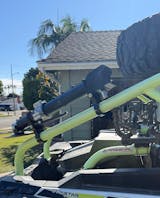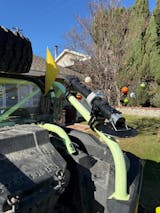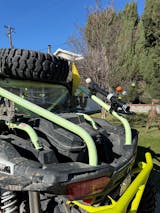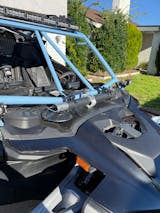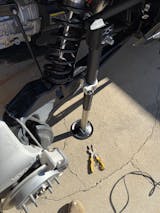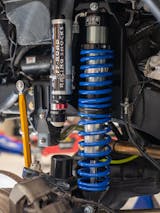Nowadays we have a host of devices that can track position in real time, but it wasn't always that way.
In the early years of the sport, routes were only marked with simple colored ribbons and small signs. Which made finding your way… interesting at times. Even promoters needed help.
I remember Sal Fish telling us how Mickey Thompson would fly a plane down the Baja peninsula, dropping hand written notes wrapped around rocks for Sal following him on the ground. Each note gave Sal directions for which way to go next. Sal would then hurriedly mark the course and catch up to Mickey who had already headed to the next junction.

Lucky for all of us the military had been developing global tracking since 1958 when scientists at APL noticed that radio signal frequency from the recently launched Sputnik satellite would increase as the satellite got closer and decrease as it moved away. This “doppler effect” got them thinking if we can track something in the sky transiting a signal, why can't we track something on the ground receiving the same signals. That idea led to a network of satellites and “transit” the first global tracking system. It also gave birth to the modern Global Positioning System or GPS in 1996.

By the mid 90’s the first GPS unit with LCD display was created. The Lowrance GlobalMaps 2000. This game changing device grew into later models that unlocked hidden trails around the globe. With this small unit, a promoter could accurately create and record a unique route digitally and then give that file to a racer and they could run the same course without getting lost…(not for long anyways). Not only that, but racers could make their own marks or waypoints, placing detailed instructions, in the form of a text on screen, for what to do at a specific location. No odometer resets, no more counting turns or building landmarks with rock. Racers were now untethered.

Fast forward to today and the myriad of GPS systems on the market that allow us to mark and follow routes like the racers this weekend will do. Pick up a system that works for you, hit the trails and go explore.
(Popular options - Lowrance, Garmin, LeadNav, onX, carrier pigeon and smoke signals)










